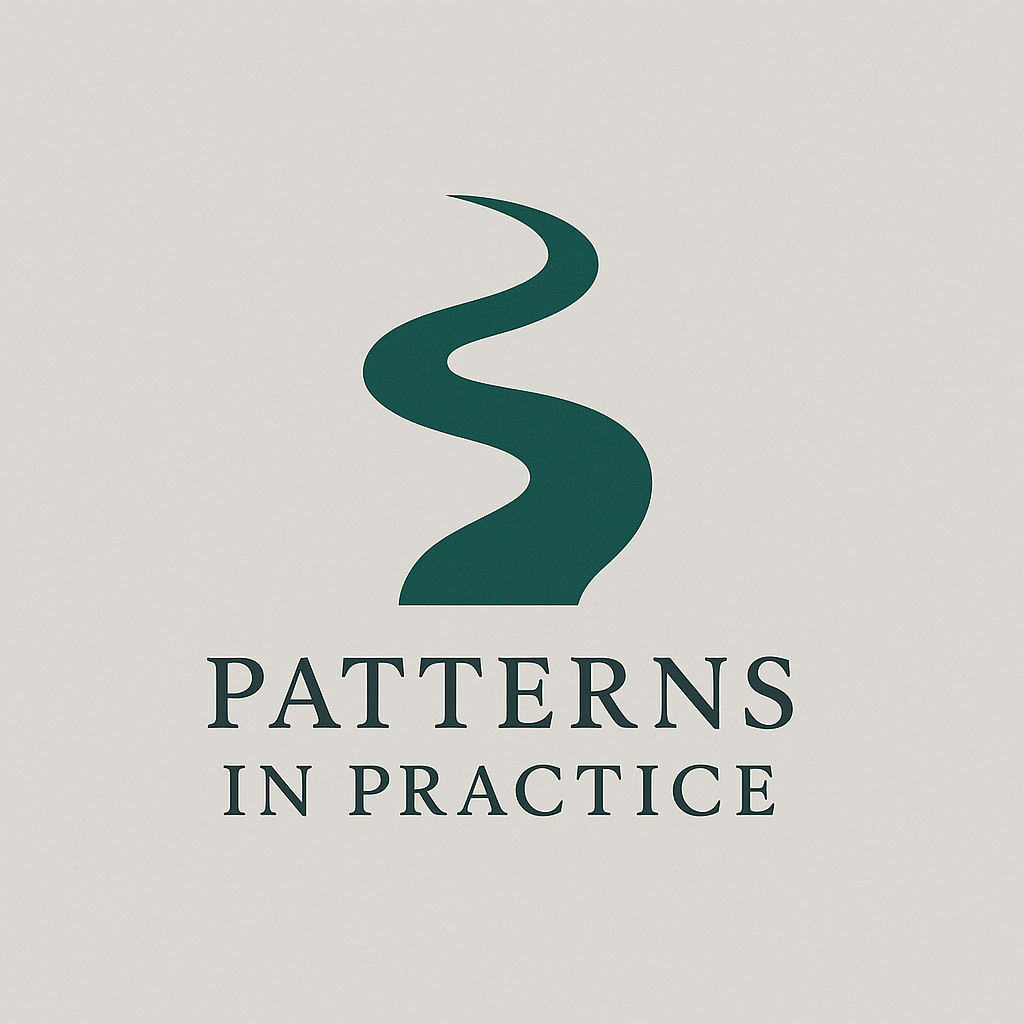Practice Guides
Conservation of Resource Theory in System Practice
Conservation of Resources Theory provides a framework for understanding why some families struggle to engage with or benefit from traditional therapy approaches. The theory centres on the idea that families operate with various resource pools—including relational characteristics, family connections, tangible objects, and energy—and that stress occurs when these resources are lost, threatened, or fail to grow as expected. When families experience significant resource depletion or threat, they adopt a survival posture that prioritizes protecting remaining resources over seeking new opportunities, which can manifest as resistance to therapeutic change or inability to attend therapy sessions. This survival stance is actually a rational response to resource scarcity rather than simple non-compliance or lack of motivation.
The Outer Layer
When care systems become saturated with client distress, professional boundaries blur and team members find themselves unwittingly enacting client patterns. This can be understood as the emotional distress of the client 'spilling out' through the care system in an uncontained way. The concept of wrapping an 'Outer Layer' around the care system draws on both systemic and psychodynamic traditions. This Outer Layer functions as a form of care team containment where a person or people outside the system help to hold and process overwhelming emotional experiences that has spilled into professionals. In complex care systems, this container must operate at a systemic level, providing a reflective boundary that helps process the team's collective emotional experience.
The House Model of Care Teams
In the complex landscape of human services, no single professional can address the multifaceted challenges that clients face in isolation. The interconnected nature of human needs – spanning physical health, emotional wellbeing, social connection, and material security – demands an equally interconnected response from service providers. This practice guide introduces the House Model of Care Teams, a framework designed to transform fragmented service delivery into cohesive, client-centred support systems. Whether you’re a seasoned professional or new to inter-professional work, this guide offers both conceptual understanding and actionable strategies to navigate the complexities of functioning effectively in a care team.



